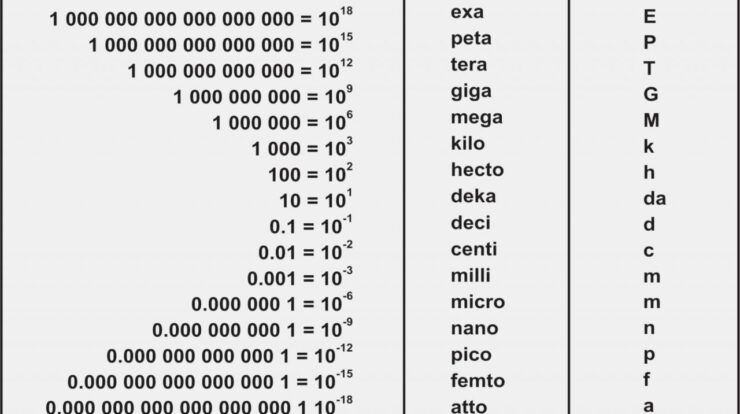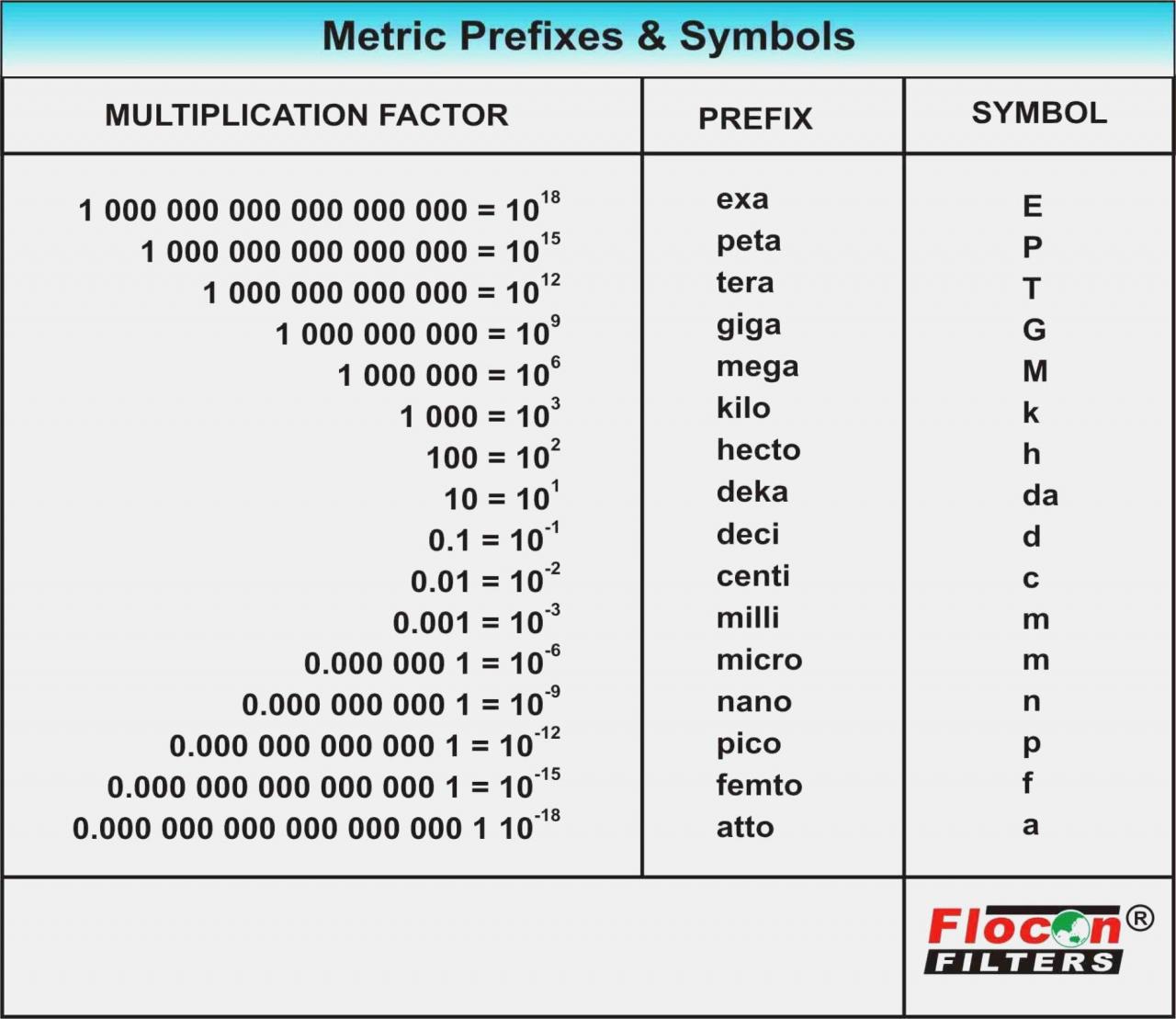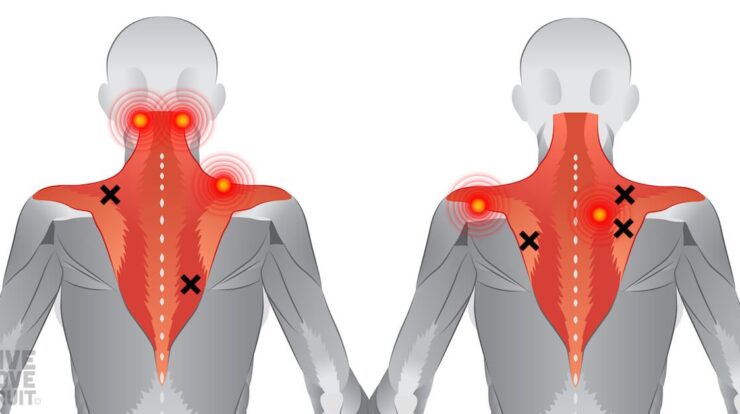
Pico measurement, the art of quantifying phenomena occurring on a trillionth of a second scale, has emerged as a cornerstone of scientific exploration and technological advancement. From unraveling the intricacies of quantum mechanics to revolutionizing medical diagnostics, pico measurements empower us to probe the very fabric of our universe and push the boundaries of human knowledge.
This comprehensive guide delves into the captivating world of pico measurement, exploring its fundamental principles, diverse applications, and the cutting-edge techniques that drive this field forward. Join us as we embark on a journey into the realm of the infinitesimally small, where the secrets of the universe await discovery.
Pico Measurement Fundamentals
Pico measurements involve quantifying extremely small electrical signals in the picoampere (pA) or picowatt (pW) range. These measurements play a crucial role in various scientific and technological fields, including nanoscience, biotechnology, and semiconductor testing.
Pico measurements provide insights into the behavior of materials and devices at the nanoscale, enabling researchers to understand fundamental properties and develop advanced technologies.
Challenges and Limitations of Pico Measurements
- Signal-to-noise ratio:Pico signals are often buried in noise, making it challenging to extract accurate measurements.
- Instrumentation sensitivity:Pico measurements require highly sensitive instruments with low noise levels and high amplification capabilities.
- Sample preparation:Proper sample preparation is essential to minimize noise and ensure reliable measurements.
Pico Measurement Techniques
Various pico measurement techniques are employed depending on the specific application and signal characteristics. Some common techniques include:
- Electrochemical impedance spectroscopy (EIS):Used to characterize electrochemical systems, such as batteries and fuel cells.
- Scanning tunneling microscopy (STM):Provides atomic-scale imaging and manipulation of surfaces.
- Atomic force microscopy (AFM):Used to study surface topography and mechanical properties of materials.
Pico Measurement Instrumentation
Essential pico measurement instruments include:
- Picoammeters:Measure extremely small currents in the pA range.
- Picovoltmeters:Measure minute voltages in the pV range.
- Lock-in amplifiers:Enhance signal-to-noise ratio by selectively amplifying signals at specific frequencies.
Pico Measurement Data Analysis
Pico measurement data analysis involves extracting meaningful information from raw data. Common techniques include:
- Noise reduction:Employing statistical methods or filtering techniques to minimize noise and improve signal clarity.
- Curve fitting:Fitting measured data to mathematical models to extract parameters and insights.
- Statistical analysis:Analyzing data distribution, variability, and significance to draw conclusions.
Pico Measurement Applications
Pico measurements find applications in diverse fields:
- Nanotechnology:Characterizing electrical properties of nanomaterials and devices.
- Biotechnology:Studying cellular processes and developing biosensors.
- Semiconductor testing:Evaluating device performance and identifying defects.
Advanced Pico Measurement Techniques
Emerging pico measurement techniques include:
- Terahertz spectroscopy:Probing materials and devices at terahertz frequencies for advanced characterization.
- Single-electron transistors:Measuring and manipulating individual electrons for quantum computing applications.
- Nano-optomechanics:Combining optics and mechanics at the nanoscale for sensing and manipulation.
Last Recap: Pico Measurement

As we conclude our exploration of pico measurement, it becomes evident that this field is not merely a collection of techniques but a gateway to a deeper understanding of the world around us. Pico measurements have transformed our ability to study complex systems, diagnose diseases, and develop innovative technologies.
As we continue to refine our measurement capabilities and push the boundaries of scientific inquiry, pico measurements will undoubtedly play an increasingly vital role in shaping our future.
FAQ Corner
What is the significance of pico measurements?
Pico measurements provide unprecedented insights into the behavior of matter and energy on ultra-fast timescales, enabling researchers to study phenomena that were previously inaccessible.
How are pico measurements used in medical diagnostics?
Pico measurements have revolutionized medical diagnostics by allowing for the detection and characterization of diseases at their earliest stages, leading to improved patient outcomes and personalized treatment plans.
What are the challenges associated with pico measurements?
Pico measurements require specialized instrumentation and expertise, and can be susceptible to noise and interference, posing challenges that must be carefully addressed to ensure accurate and reliable results.





